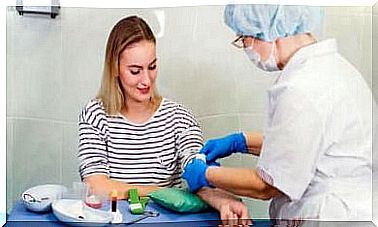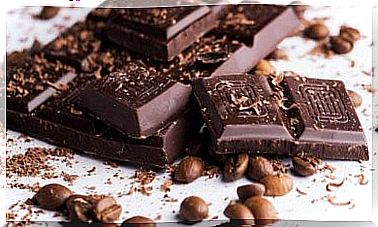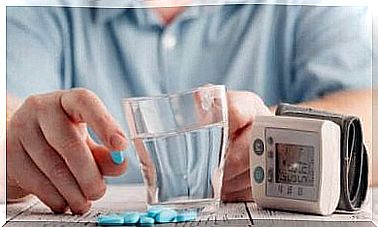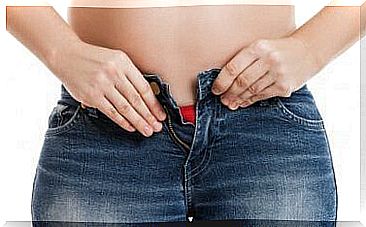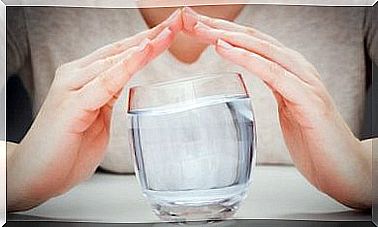The Best Pilates Exercises: Practiced
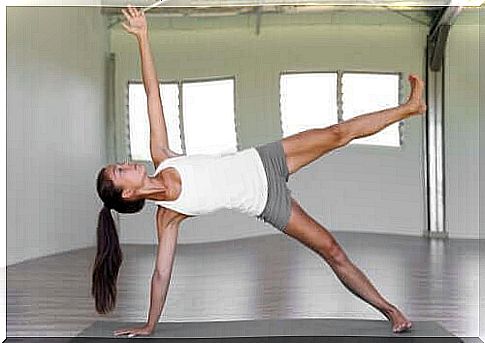
Pilates largely avoids high impact, high power output, and heavy muscular and skeletal loading. At the level of the experienced, the training has positive effects on posture, chronic pain and general quality of life.
As an article published in the Muscles, Ligaments, and Tendons Journal explains, these exercises are designed to increase strength and muscle resilience as well as agility, posture, and balance.
Pilates largely avoids high impact, high power output, and heavy muscular and skeletal loading.
Although there are technical differences between practicing Pilates on the floor or training with a machine, one can train at a level for the experienced with both. One will generally achieve the same benefits and achieve one’s goals.
That said, however, keep in mind that by working with machines, you will be training with external weights. Either way , both versions can include equipment to compliment your workout, such as a Pilates ball, elastics or a magic ring.
Pilates exercises for the experienced
One of the biggest benefits of Pilates is that you can train at different levels based on your own physical condition. Once you have completed the level for the easily trained, you can therefore move on to the level for the experienced. Which positions are at this level?
1. Control and balance
The exercise for control and balance affects the strength and agility of the muscles that bend and stretch the hip. It thus helps to strengthen the middle of the back.
Here’s how:
- To start with, inhale as you lift your legs above your head as you lie on your back on the floor.
- When you have your legs over your head, open your arms in a circular motion behind you and grab your feet.
- Exhale gently as you move your feet upward.
- To add more intensity and stretch to the hip, you can do two small jumps with your legs raised.
- Inhale while keeping your core and pelvis still so you can move your legs at the same time. Move one up and the other down.
- Do this exercise six times. Then place both legs behind your head so that your feet touch the floor.
- Finally, slowly bring your legs back to the starting position until you lie flat on the mat or mattress.
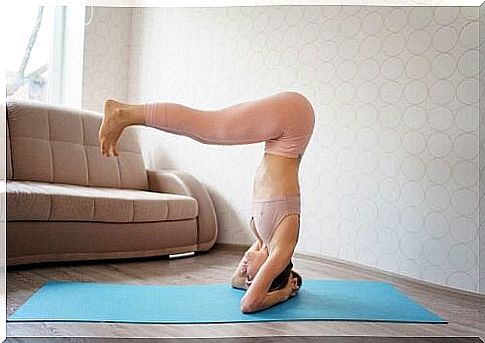
2. Double extension of the legs
Due to its complexity, this exercise should only be performed by those who are experienced. Why? Because doing this exercise incorrectly can cause injuries. When done right, however, one can strengthen the abdominal muscles and neck. It also strengthens the ability to coordinate.
Here’s how:
- While lying on your back, lift your legs up towards your chest and place your hands on your shins very close to your ankles.
- Inhale and exhale as you pull your navel in toward the spine. Lift your head off the mat and bring your chin down to your chest.
- The upper part of the body will be supported by the shoulder blades.
- First, lift your arms at a 45 degree angle. They should be in line with your ears.
- Afterwards, lift your legs at the same angle and stay in this position for a few seconds.
- Then move your arms backwards in a circular motion. Bend your legs while grasping your shins.
- Inhale to lift your arms and legs. Hold your breath and exhale to return to the starting position.
- Repeat this six to eight times.
3. The crab
One of the advantages of this type of position is that it helps to improve the stability of the core. In the same ballpark, it helps improve the flexibility of the buttock muscles and strengthens your balance.
Here’s how:
- First, sit on a mat with your legs stretched out and your ankles together.
- Bend your knees and cross your ankles.
- Hug your legs and grab your ankles with your arms outside your legs.
- Keep your head down and your abdominal muscles tense.
- Inhale and roll backwards. Exhale and lift your legs above your head. Touch the floor with your feet and breath in.
- After doing so, exhale and roll forward until your head reaches the mat.
- Inhale and exhale again to roll back.
- Repeat this three to four times.
- Finally, roll forward, lowering your heels, stretching your legs out and letting your arms fall down to the sides.
4. The cradle
It is a balance exercise that helps strengthen your back and take care of your spine. More specifically , it increases the stability of the upper body and helps maintain a good posture.
Here’s how:
- Lie on your stomach on the mat with your head to one side and your arms down the sides.
- Bend your right knee before moving it upward and grasp it with your right hand. Afterwards, repeat it with the left side.
- Then inhale and support yourself on your ankles while lifting your head, chest and knees.
- Move your weight from side to side while ensuring that you hold the same position.
- Breathe out to lean forward, and breathe in to straighten yourself.
- Remember that this is a breathing technique and it should be kept natural to ensure that it has an effect on the muscles.
- Keep your stomach tense and your neck stretched out.
- Do it five times.
5. The starfish
Just like the other Pilates exercises for exercisers that we have mentioned in this article, this position has the ability to activate specific muscles to improve the stability of the body. It actually helps to strengthen the buttock muscles and the upper part of the body.
Here’s how:
- Lie on your stomach. Keep your legs stretched out and your arms in front of you.
- Inhale and exhale to stretch your right arm and lift it off the floor while stretching your left leg.
- Inhale and bring both body parts down to the floor at the same time.
- Exhale and repeat the process with your left arm and right leg.
- Keep your back straight at all times.
- Repeat this eight to ten times.
6. Boomerangs
Performing Pilates exercises also have a positive effect on the heart and airways . Including the boomerang in your routine achieves this and it also improves your control and balance.
Here’s how:
- First, sit up straight on the mat with your legs outstretched – one above the other and your ankles crossed.
- Your hands should be kept in front. Inhale to begin the movement.
- Raise your hands and spirit out. Lift your legs into their original position.
- Sit back and lift your legs above your head. Your hands should be in front of you and you should support yourself on your shoulder blades.
- Now inhale and change the position of your ankles – before the upper ankle below the other.
- Exhale as you return to the original position, with your feet resting on the mat, your arms outstretched behind you, and your face facing the mat.
- Inhale again to move your arms forward and repeat this movement.
- Make it six to eight times.
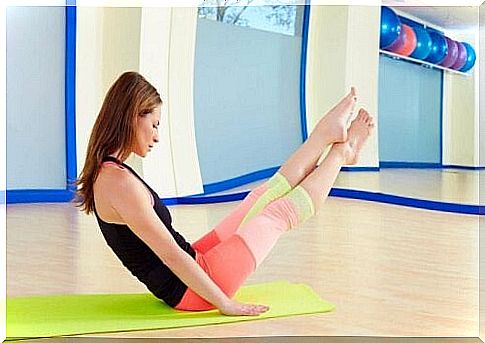
Advice to make these Pilates exercises for the experienced
To do these exercises, it is important to be consistent and disciplined. For this , you must first do the exercises at levels for beginners and easy practitioners. That way, the body will be prepared for the level of difficulty at this level. It is also important to follow these tips:
Warm up
Good warm-up is essential when performing routines for physical exercise. It prepares the body to begin. It also helps prevent injuries to muscles, ligaments, tendons and joints.
Breathing
At the level of the practitioner, it is very important to control his breathing techniques as the success of each exercise depends a lot on it. When you breathe, your chest will expand and lift, while your spine will be longer to be able to get as much air as possible into the lungs.
Concentration
It is important to ensure that every movement that makes up the routine is performed accurately. Thus, it is just as important to concentrate on the breathing techniques as it is on the position itself.
Pilates largely avoids high impact, high power output, and heavy muscular and skeletal loading
When included in a healthy lifestyle, Pilates exercises are useful for improving health and well-being. Exercising it not only contributes to increased strength in the muscles but also to increased agility and stimulation of the heart and respiration.
Either way, it is important to begin this training gradually until you reach the level that will allow you to train at the level of the experienced. Whenever possible, it is best to do these exercises under the supervision of a professional. Keep that in mind!
